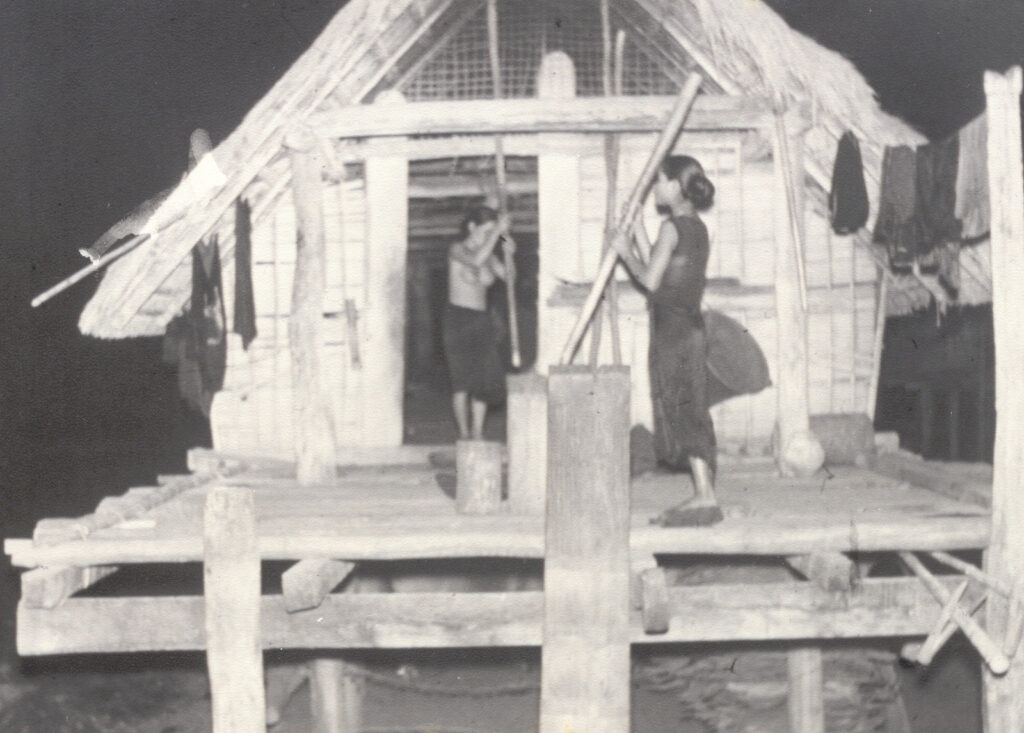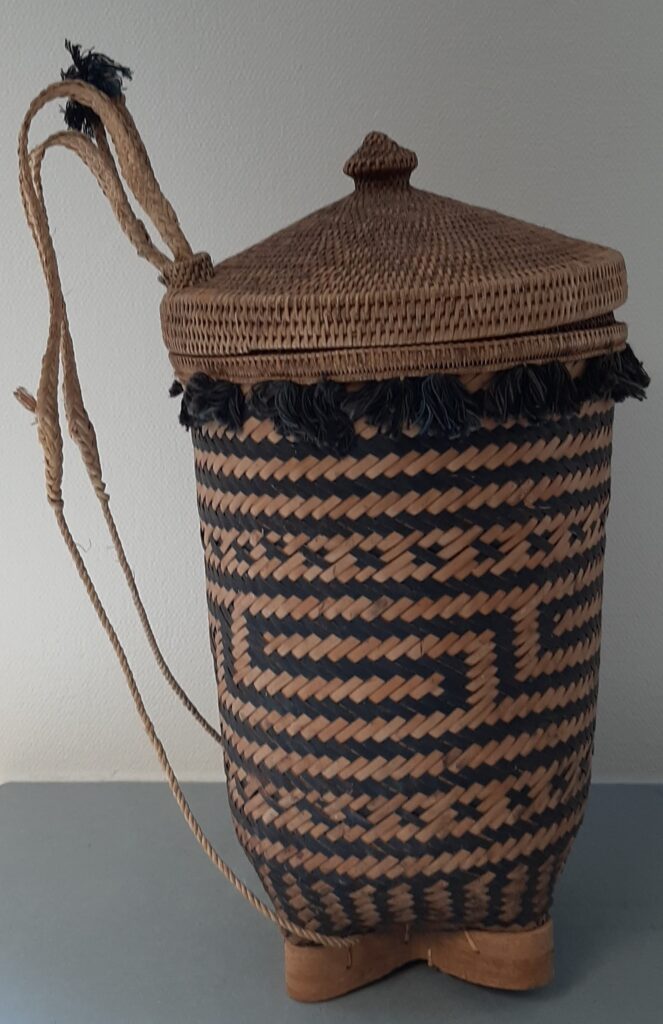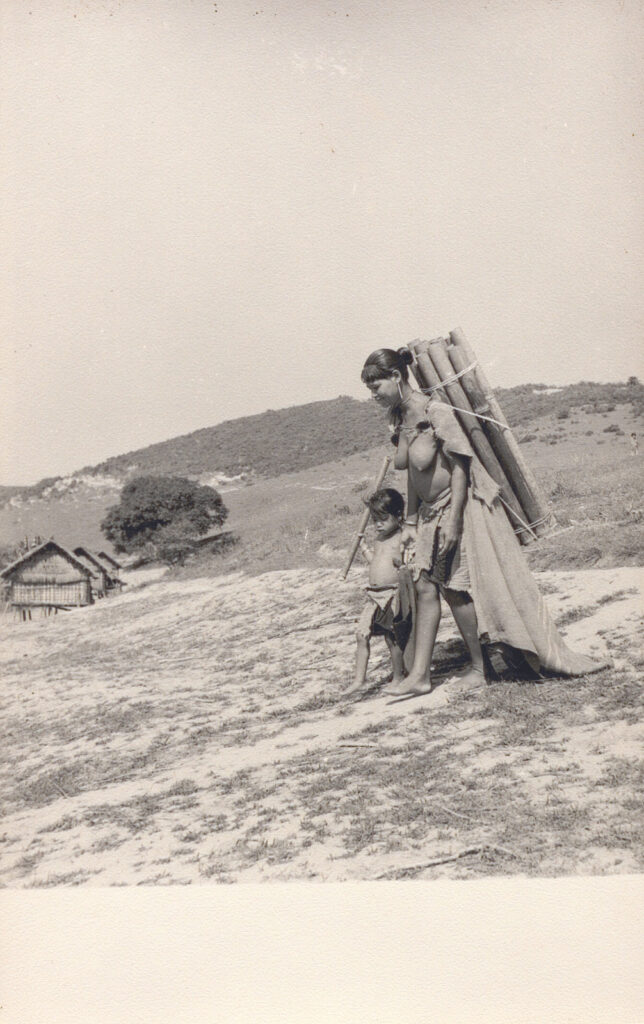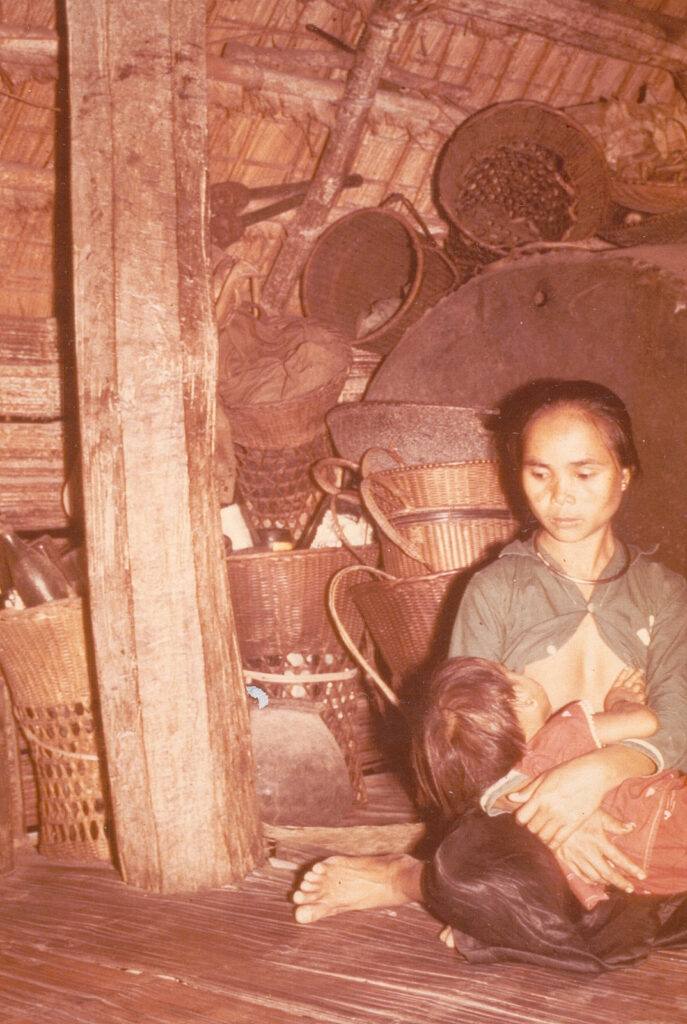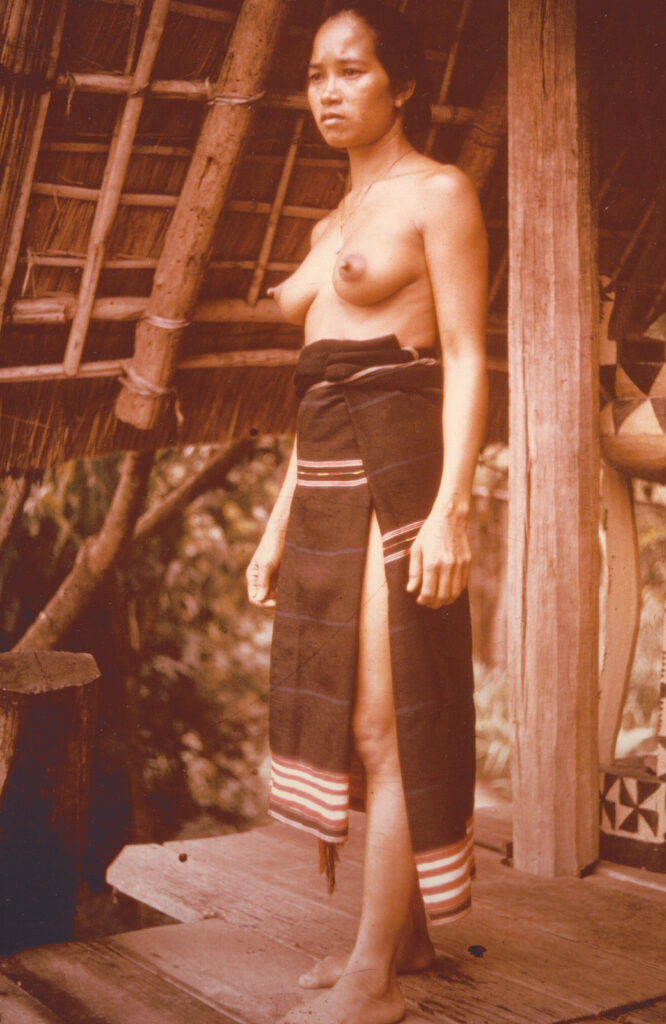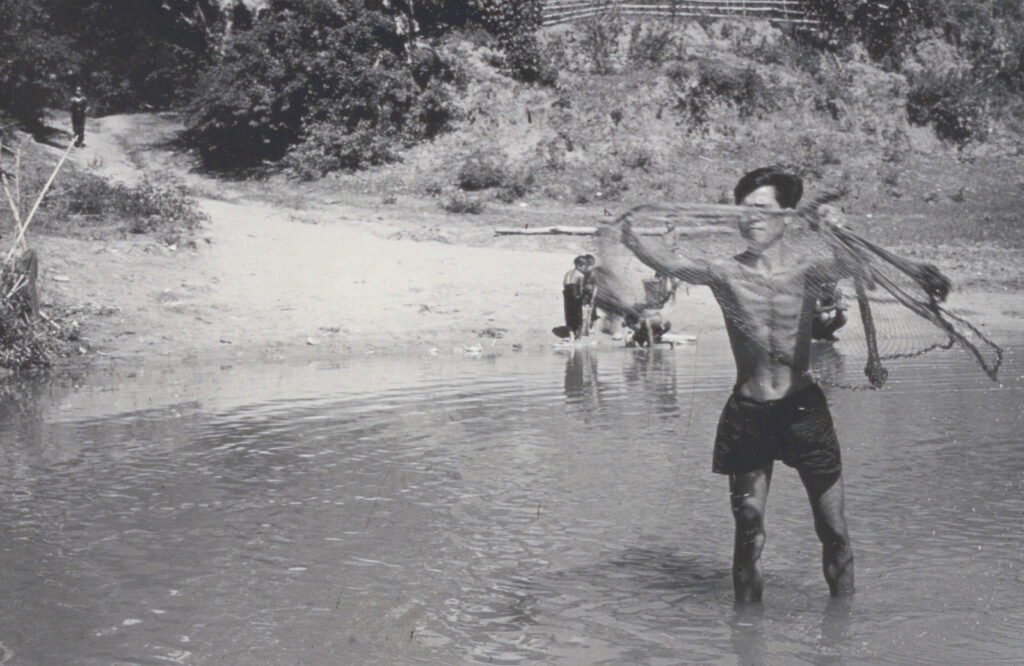

Living in the village
Bbon : in the village
The village is both the social unit of the mountain world and its visual symbol: the roofs of the houses on stilts, grouped together under the shelter of the tall communal house overlooking them, catch the eye of anyone emerging from the forest. Indeed, the village contrasts with the forest, like the two poles of a universe entirely related to vegetation. The village is the domesticated space within the predominant forest; it symbolizes the inside, traditional order, and permanence. It is the realm of women, while men venture into the forest for hunting or war. It embodies security, keeping the dangers of the wild world at bay.

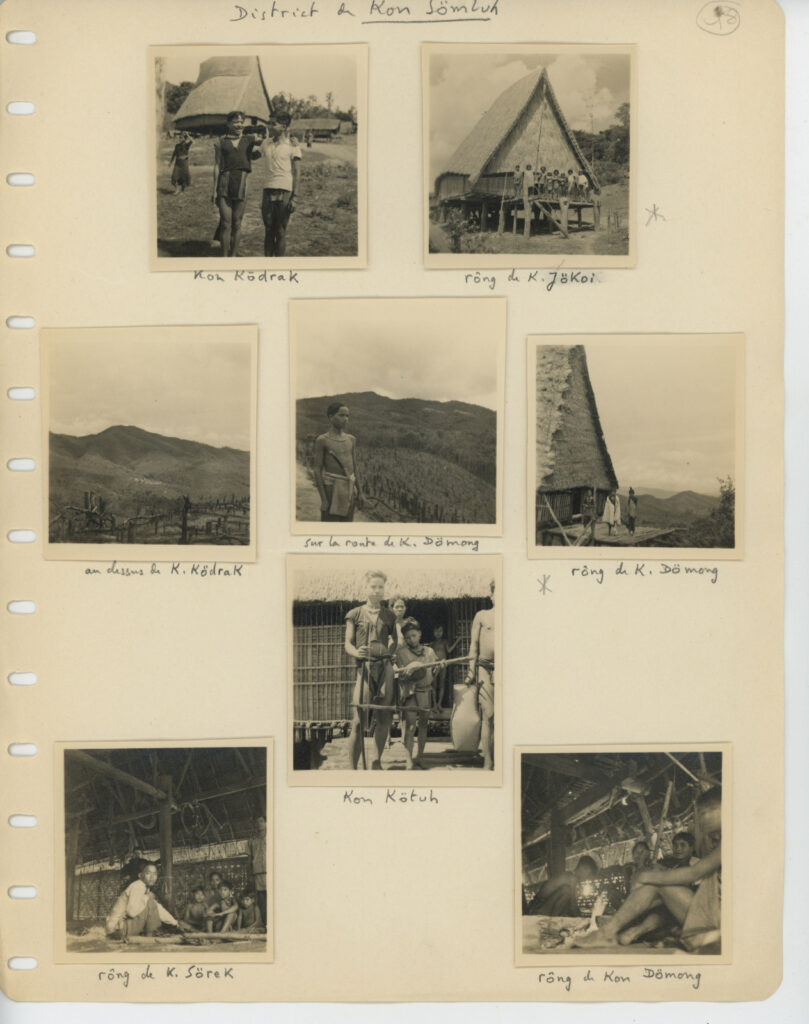
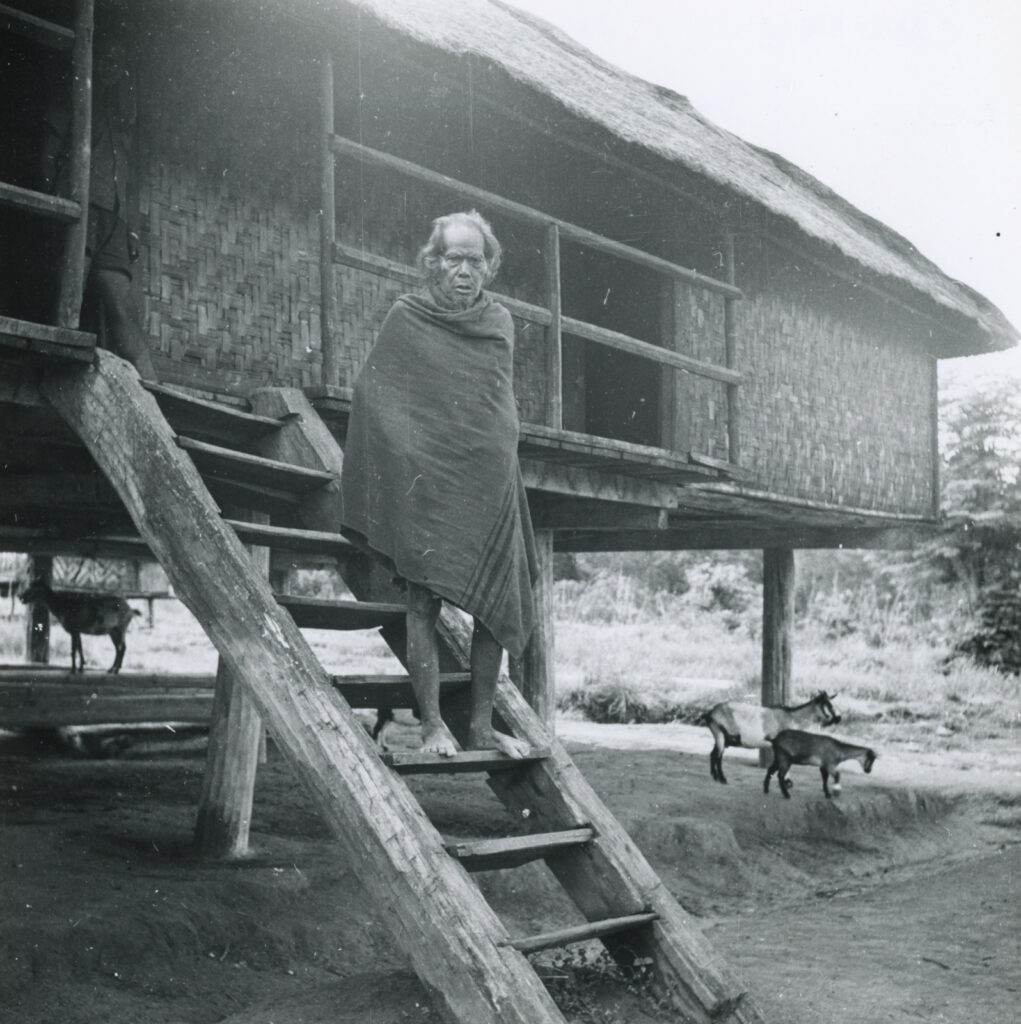
The mountain village
The mountain village is naturally independent, with no administrative hierarchy above its organization, which is centered around its chief and council of elders. Family and social structures, crafts, use of natural resources, housing, rhythms and cycles of life… villages are excellent observation posts for Dournes, who has visited around a hundred of them.
Domestic life
The communal house, with its ambitious proportions and skillfully interwoven rattan decorations, is used to welcome strangers and for ritual ceremonies. The family house is also organized in the image of Jörai life: structured and oriented, divided into masculine and feminine, high and low, outside and inside. The northern part is the domain of women, the southern part is the men’s smoking room and reception room, a place for discussions and libations, rituals and dispute settlements. To the west, water and wood, tools and instruments, gourds and pots are stored. Dournes studies, photographs, draws, and preserves these domestic objects, born of the forest and technology: some sixty of them will be collected, duly documented, and donated by him to the Museum of Man.

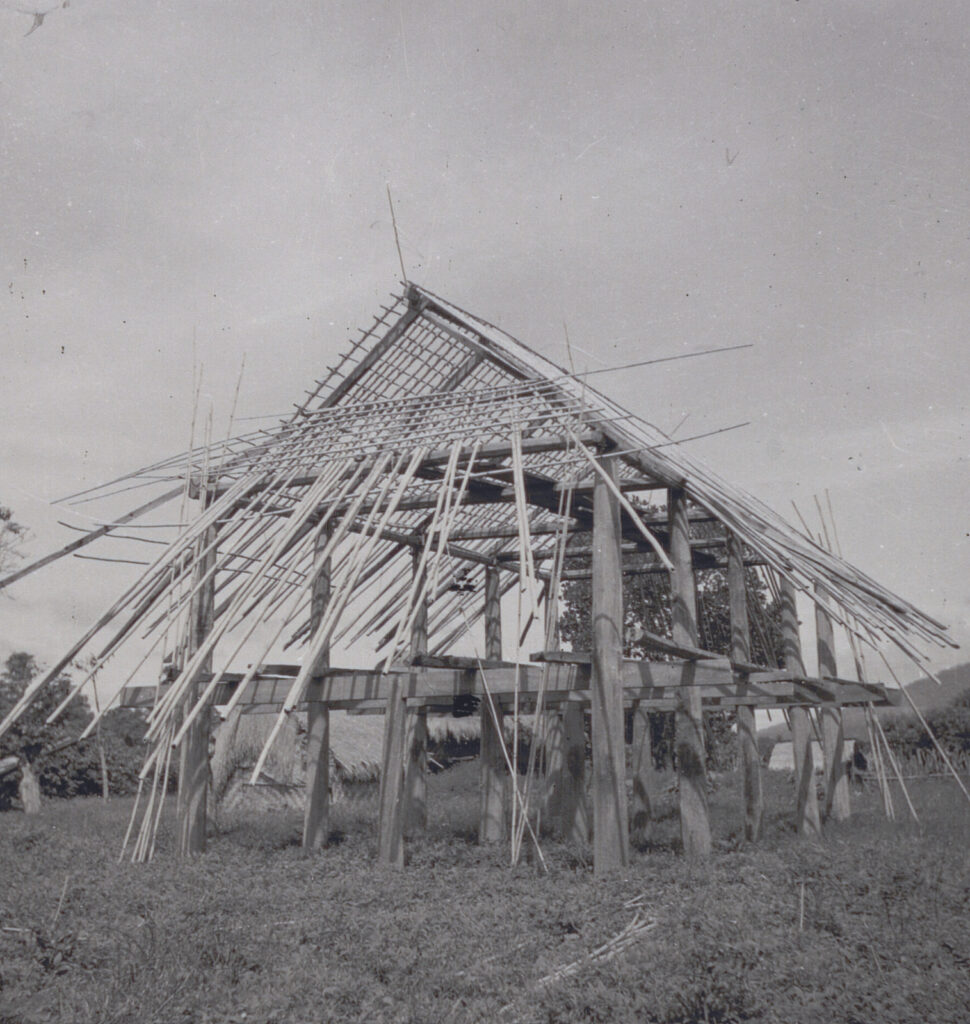
Objects
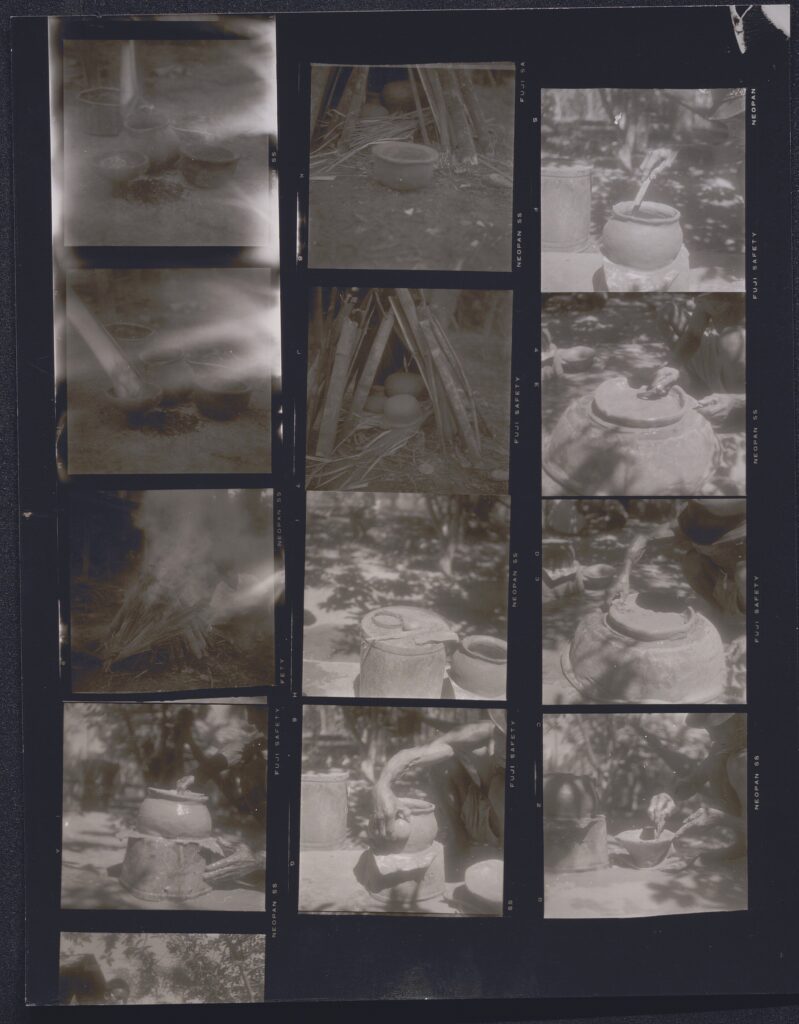

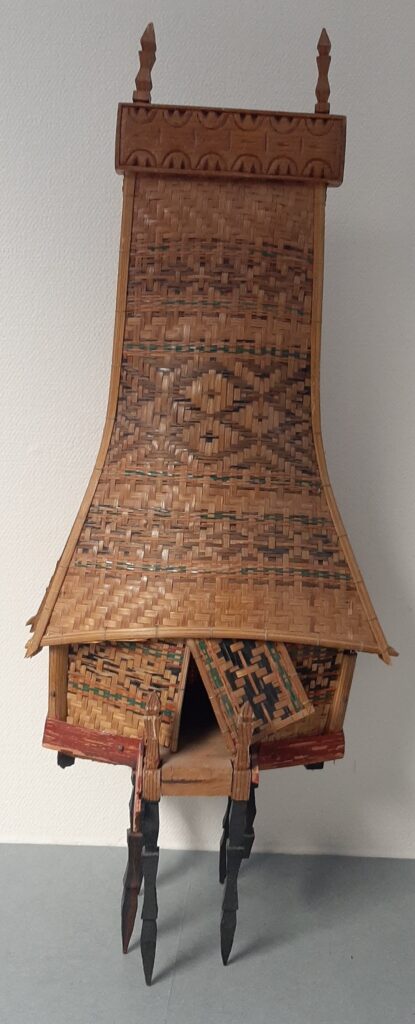
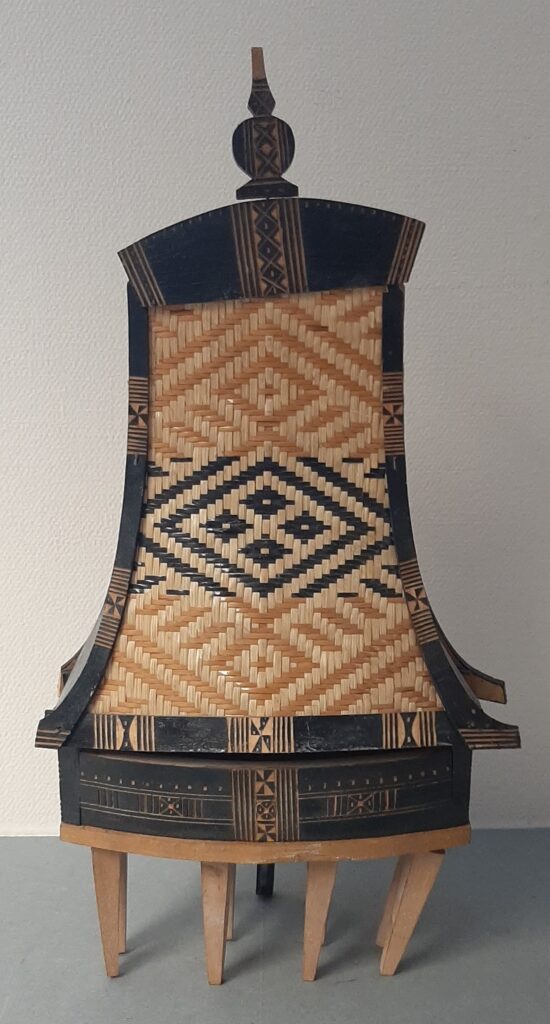
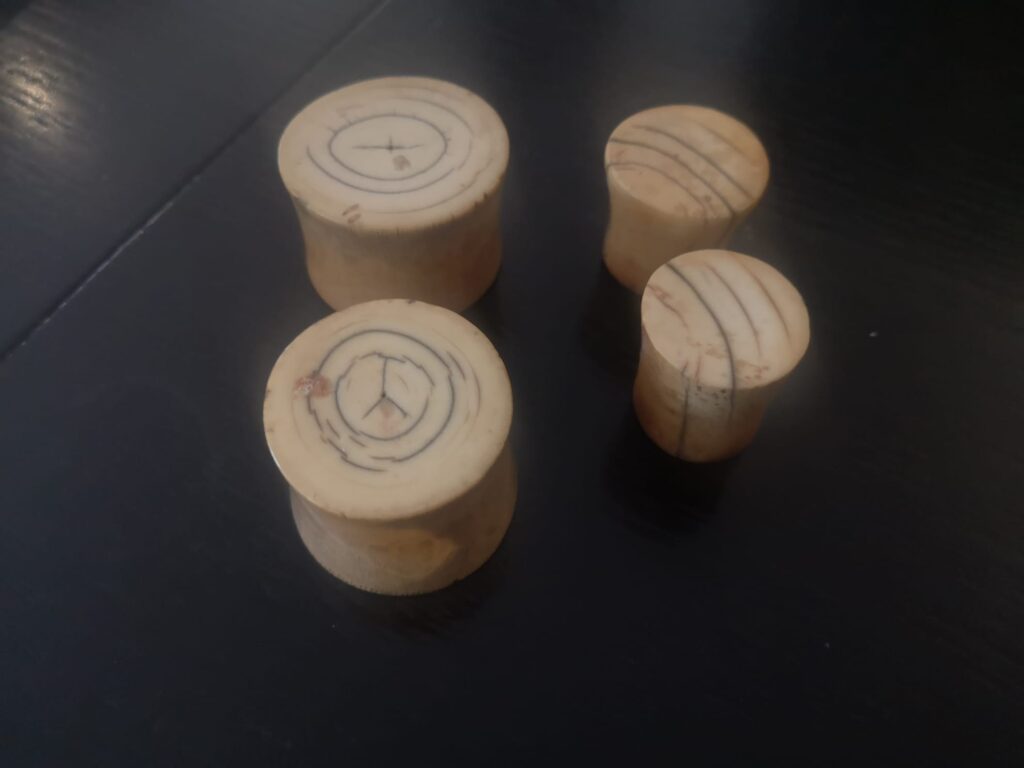


Eating

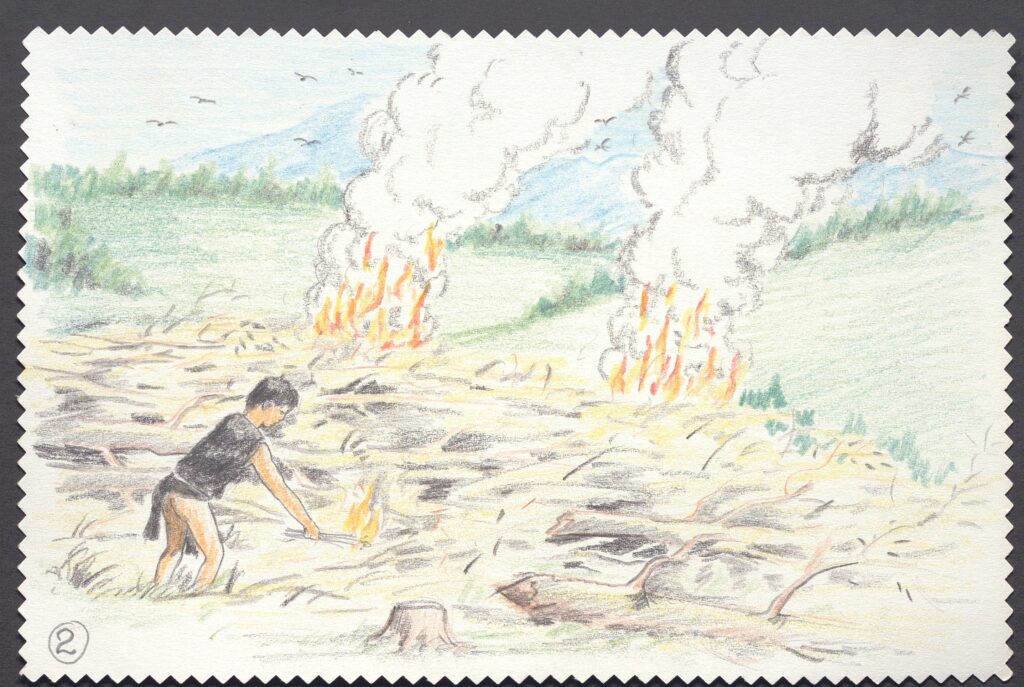
A self-sufficient life
Living in the middle of the forest in almost complete self-sufficiency (until the 1950s, metal was the only imported item used by the Jörai), meant benefiting from a wide range of animal and plant resources, but this required hard work and foresight. Dournes describes the Montagnards as true farmers; attached to their ancestral land, they engage in fixed cultivation or “itinerant” cultivation on burnt land. Mir is a system of cutting down and burning a plot of primitive forest so that the exposed soil, enriched with ashes, is suitable for growing paddy rice.
About three years later, a new mir will need to be cut in the forest, as the previous one will have exhausted its natural fertilizers. Unlike planters interested in intensive forest monoculture, the Montagnards burn only what is strictly necessary and then allow the exuberant tropical vegetation to reclaim its rights.

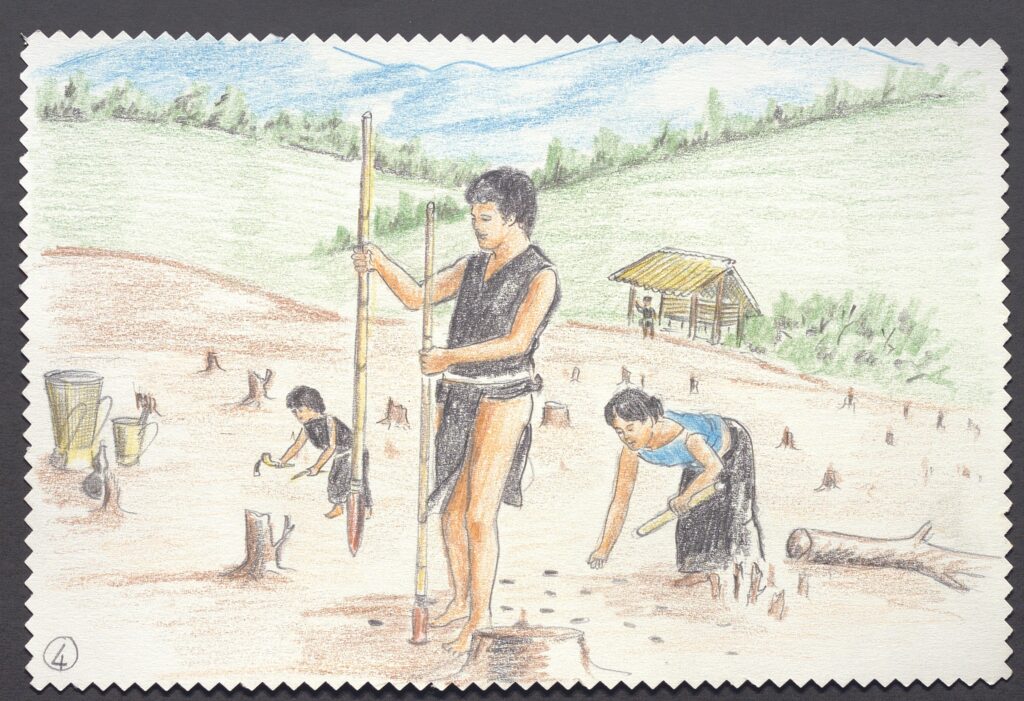
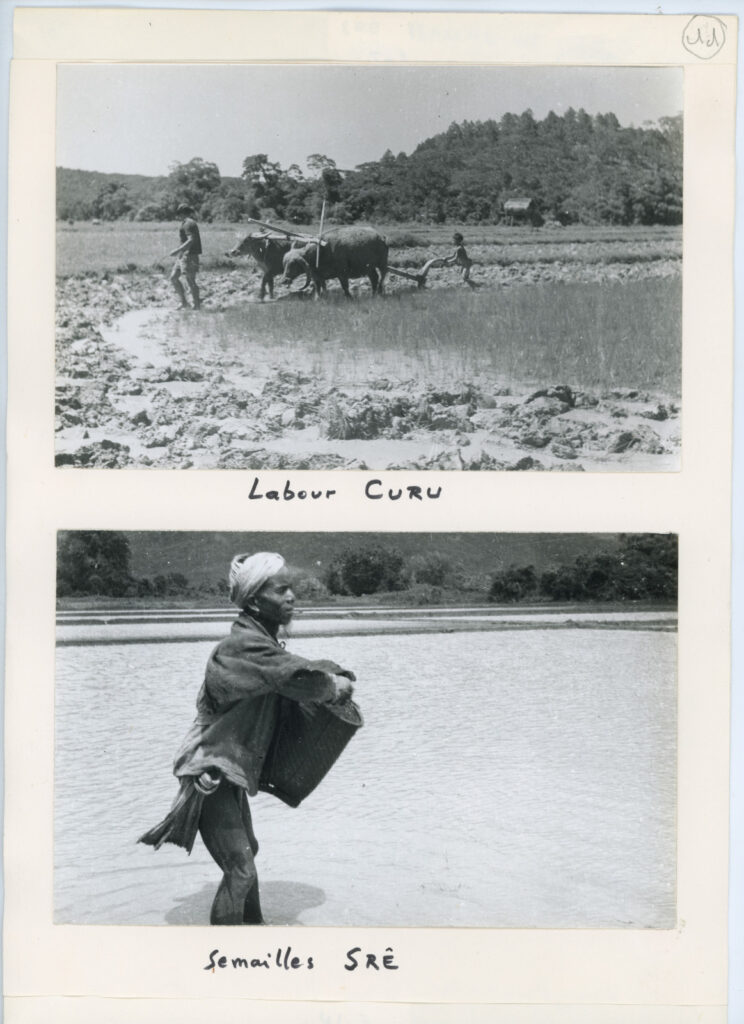
Rice and corn, the fruits of hard work transplanting and harvesting, form the basis of the diet but also of the drink, as the jar containing rice beer is essential to any celebration or libation. As accompaniments, people share cultivated vegetables, fruits from the harvest, livestock, game, and fish, all of which have been extensively documented by Dournes.
Pays de rizières, sèches ou inondées : vues prises chez les Sré et les Curu, Bt 78c © Collection MEP, IRFA Iconothèque
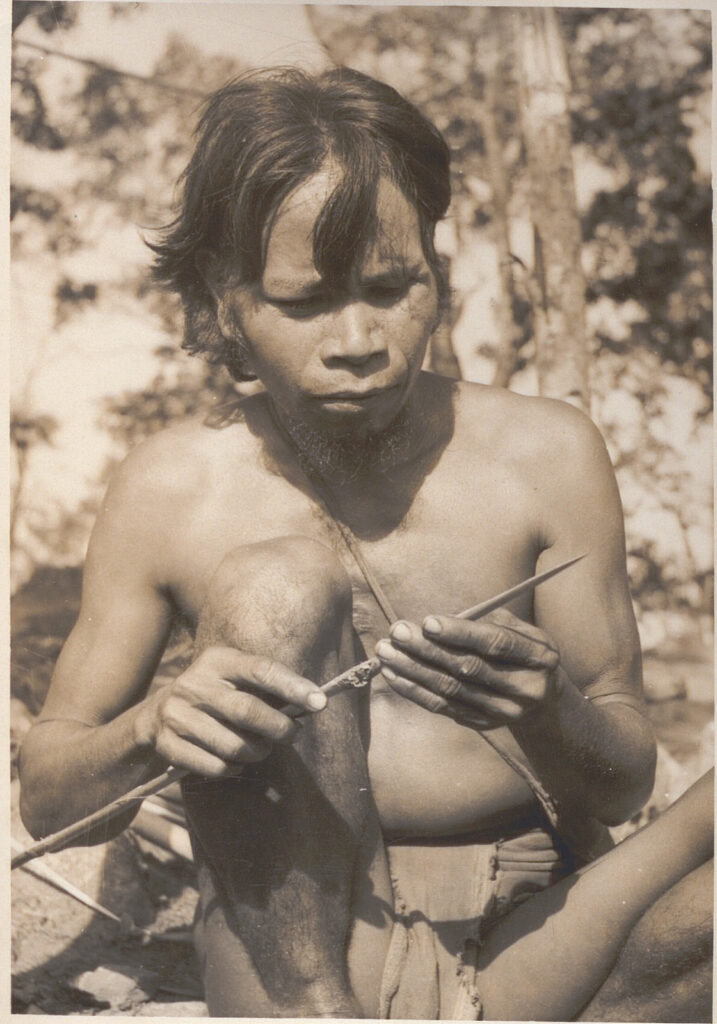
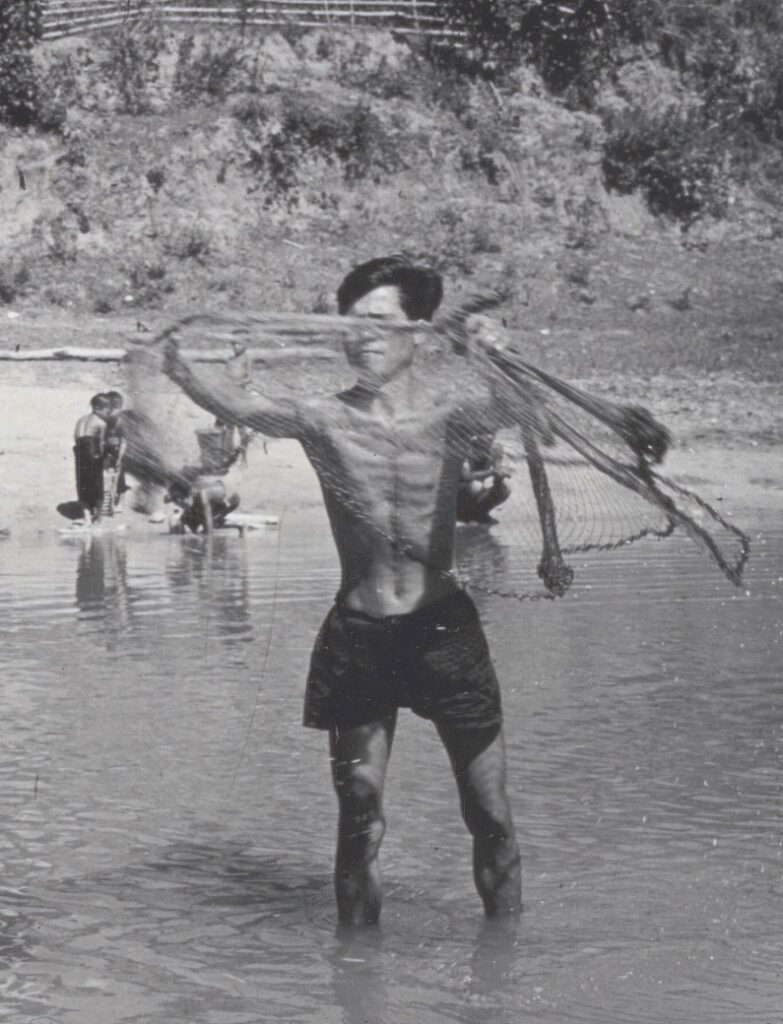

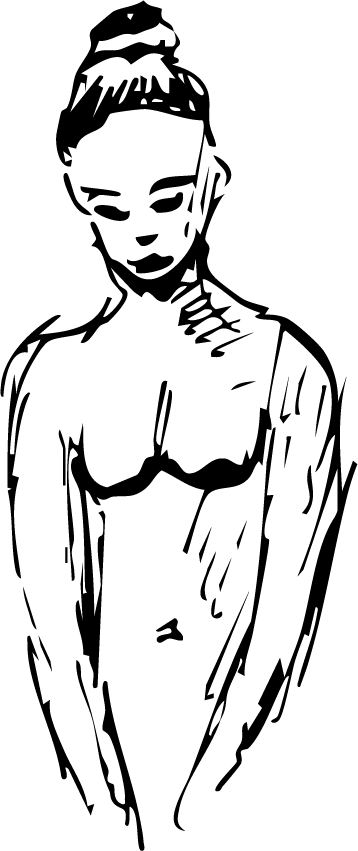
The 3 Ms – women’s place
A matrilineal society
The Jörai family structure is based on the “three Ms”: matrilocation, matrilineality, and matronymy. Children inherit their mother’s name and clan affiliation, as well as the property that each woman inherits from her own mother. When they marry, it is the man who comes to live in his in-laws’ house, making the woman the guardian of the lineage and tradition.
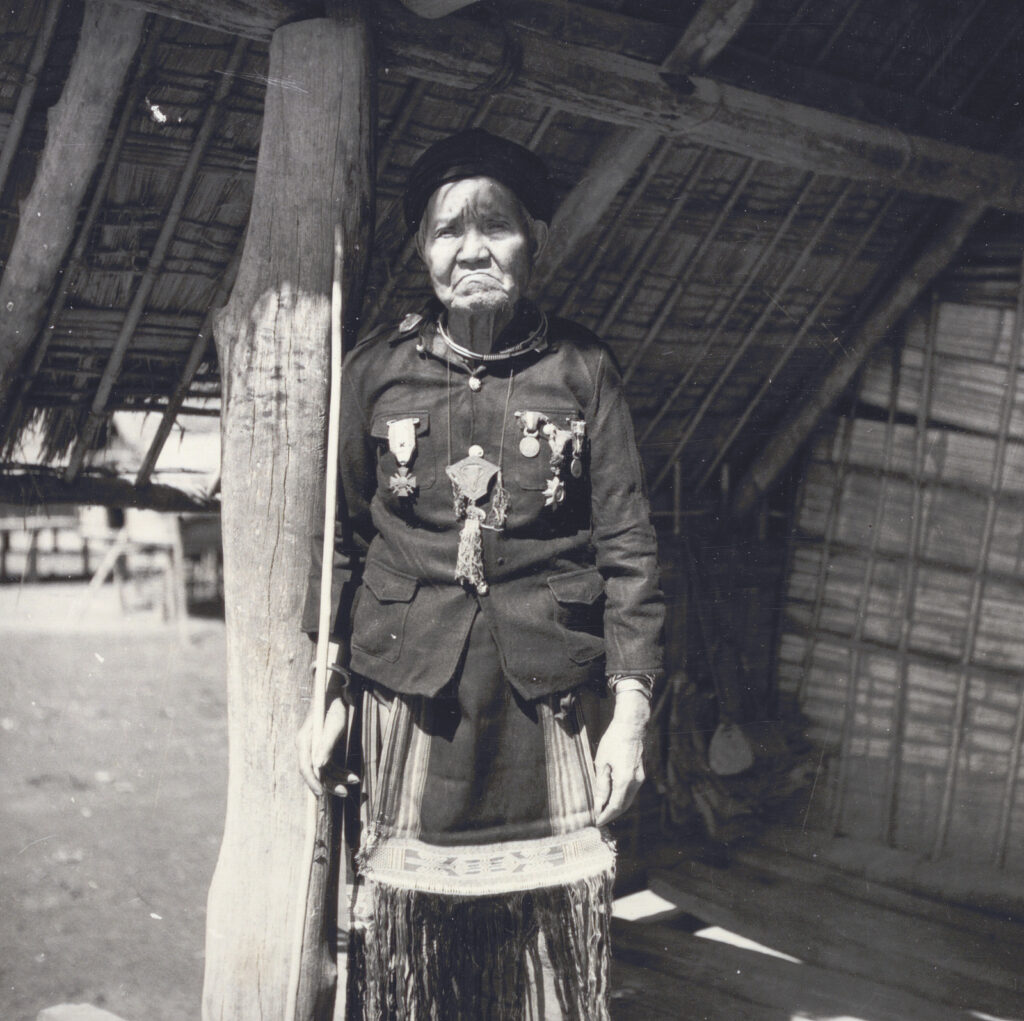
Dournes, whose writings and photographs give prominence to female figures, always speaks with admiration of the Jörai women, who are as graceful as they are skilled and organized, guardians of the family and village economy. Up at 3 a.m. to pound and winnow rice, their hands are constantly busy cultivating and processing what will feed and clothe their households. Their basketry and weaving feature luxurious designs, the technique of which has reached perfection in its own right.

